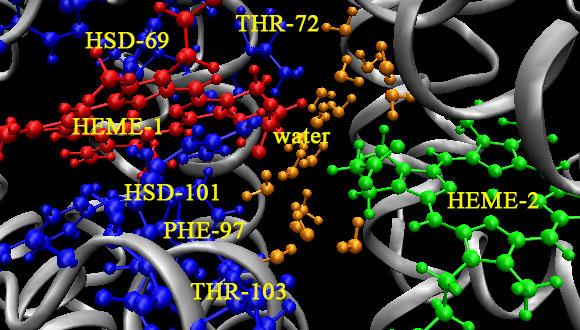Physical Chemistry Seminar: Playing with molecular junctions – three tales from the south
Dr. Yonatan Dubi, Department of Chemistry, Ben-Gurion University of the Negev
Abstract:
The ultimate goal of molecular electronics is to create technologies that will complement—and eventually supersede—Si-based microelectronics technologies. To reach this goal, the field of single-molecule electronics is aiming at recognizing and characterizing single-molecule devices that mimic at least some of the behaviors of today's semiconductor components. In this talk I will review three such single-molecule devices, all of which came out of an ongoing collaboration with the experimental group of Prof. B.-Q. Xu at the University of Georgia. The devices – negative differential conductance switches, DNA-based molecular rectifiers, and electro-optical (photo-conductance) switches – will be described both from the experimental and the theoretical sides, and the basic physical processes which are responsible for the device behavior will be elucidated.
References:
-
J. Zhou, S. Samanta, C. Guo, J. Locklinb and B. -Q. Xu, Measurements of contact specific low-bias negative differential resistance of single metalorganic molecular junctions, Nanoscale 5, 5715 (2013).
-
Y. Dubi, Dynamical coupling and negative differential resistance from interactions across the molecule-electrode interface in molecular junctions, J. Chem. Phys. 139, 154710 (2013).
-
B.-Q. Xu and Y. Dubi, invited review: Negative Differential Conductance in Molecular Junctions: An Overview of Experiment and Theory, J. Phys. Condensed Matter 27, 263202 (2015).
-
C. Guo, K. Wang, E. Zerah-Harush, J. Hamill, B. Wang, Y. Dubi, B. Xu, Molecular rectifier composed of DNA with highrectification ratio enabled by intercalation, Nature Chemistry, doi:10.1038/nchem.2480 (AOP, 2016).


